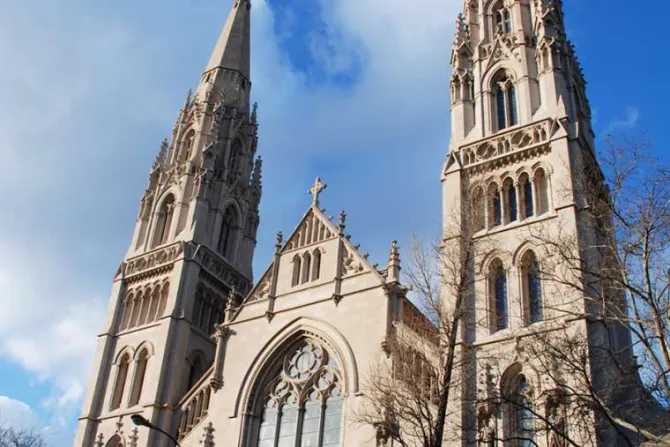Overall, nearly one-third of the accused priests came from the Diocese of Pittsburgh, the highest percentage. The second-highest by number was the Diocese of Scranton, with 55 priests within the diocese, as well as four members of the Society of St. John, identified in the report.
A total of 10 priests from Pittsburgh were identified only as "Pittsburgh Priests #1-10," as they could not be directly identified. Two priests from Harrisburg were similarly only identified as "Harrisburg Priest #1" and "Harrisburg Priest #2."
The Dioceses of Harrisburg and Erie have already released the names of the priests who were credibly accused of sex crimes, and the remaining dioceses pledged to do so upon the release of the grand jury report.
On August 1, Harrisburg released a list of 71 accused priests, deacons, and seminarians, which the diocese admitted was "overinclusive." The grand jury report contained 45 names from Harrisburg, including three former seminarians.
Erie's list included 62 people, including laypersons, who were accused of sex crimes over the last 70 years. A total of 41 people from Erie were included in the report, including one former seminarian.
In the Diocese of Allentown, 31 priests were listed, plus two members of the Carmelites, and a lay person employed as a basketball coach at a school in the diocese.
The Diocese of Greensburg had the fewest number of accused priests, with a total of 20 priests identified.
The grand jury report covered all accusations of abuse during the last 70 years, from 1947 until 2017 within the dioceses subject to investigation.
Data provided by the Dioceses of Greensburg and Pittsburgh showed that most of the alleged abuse occurred during the 1960s, 1970s, and 1980s. Greensburg did not list any abuse claims from the 2000s or 2010s.
The Diocese of Pittsburgh saw the number of reported abuse incidents spike during the 1980s, with slightly more than 80 allegations. In the 2000s, there were fewer than 10 reported.
The Dioceses of Allentown, Erie, Harrisburg, and Scranton did not provide hard numbers on the timeline of abuse incidents, but each explained how they have taken steps since the mid-80s to early 90s to implement policies within their dioceses to prevent abuse.
(Story continues below)
Subscribe to our daily newsletter
Over the past several decades, the Church in the United States implemented a series of proactive steps intended to create a safer environment for children. These included a tougher screening process for seminarians, trainings for parish workers on how to identify and prevent abuse, and new policies on how a diocese should respond to reported misconduct.
Christine Rousselle is a former DC Correspondent for Catholic News Agency. Prior to working at CNA, she was the managing web editor of Townhall.com; she has a BA in political science from Providence College.




